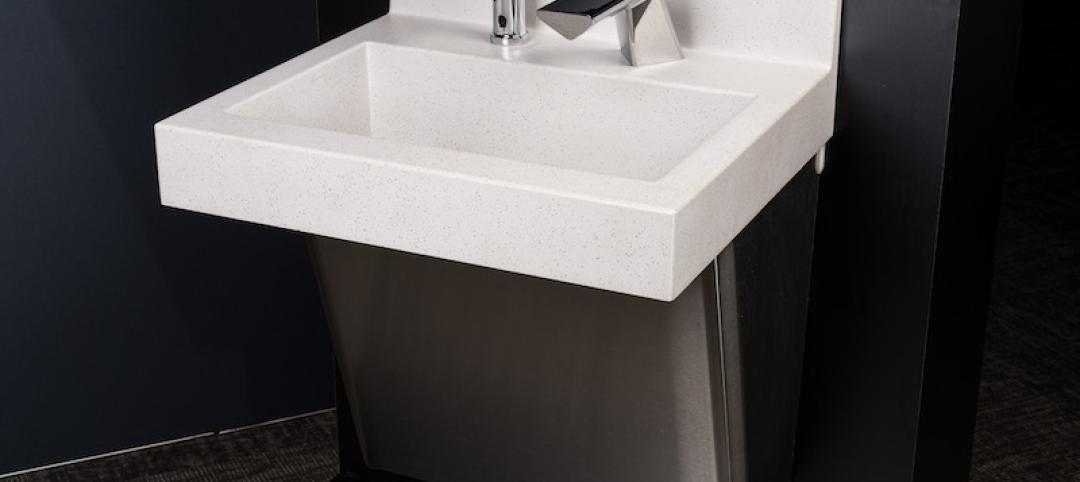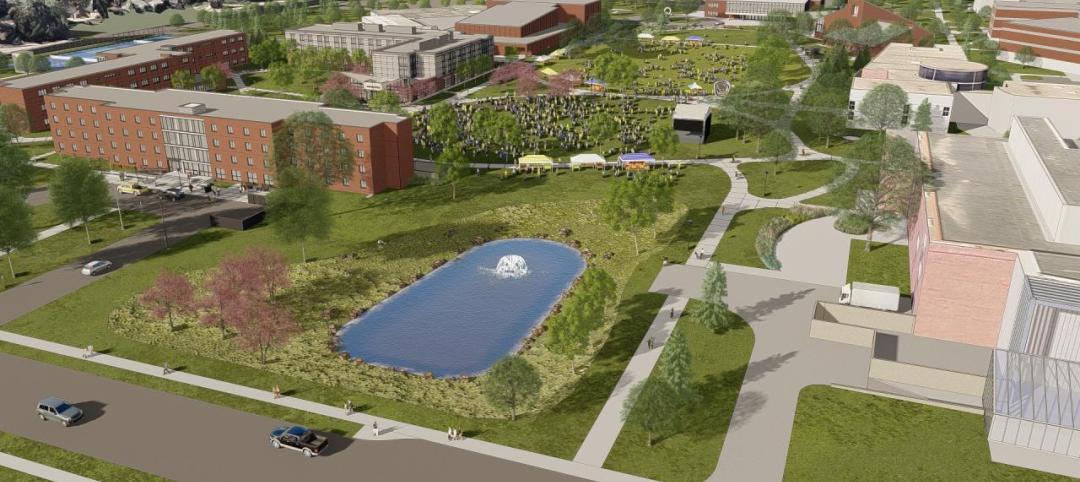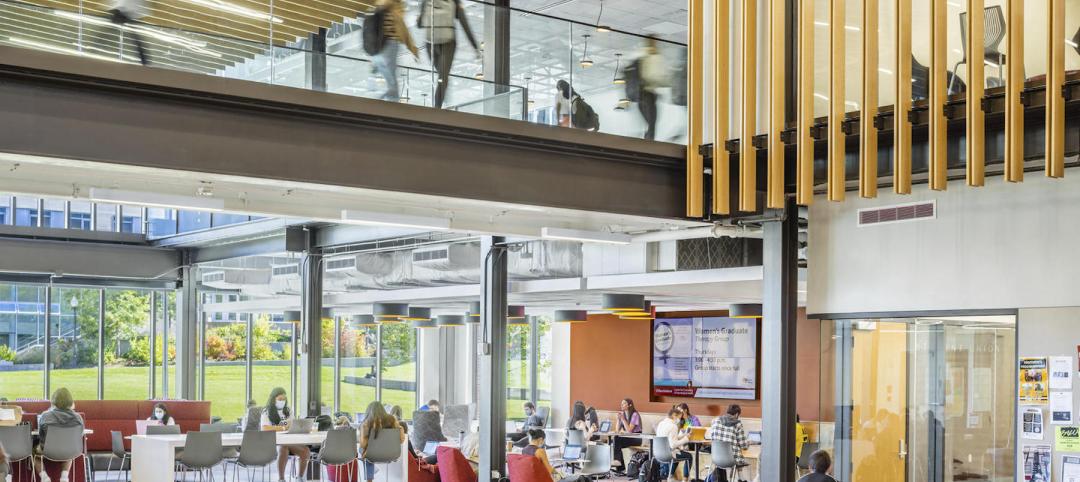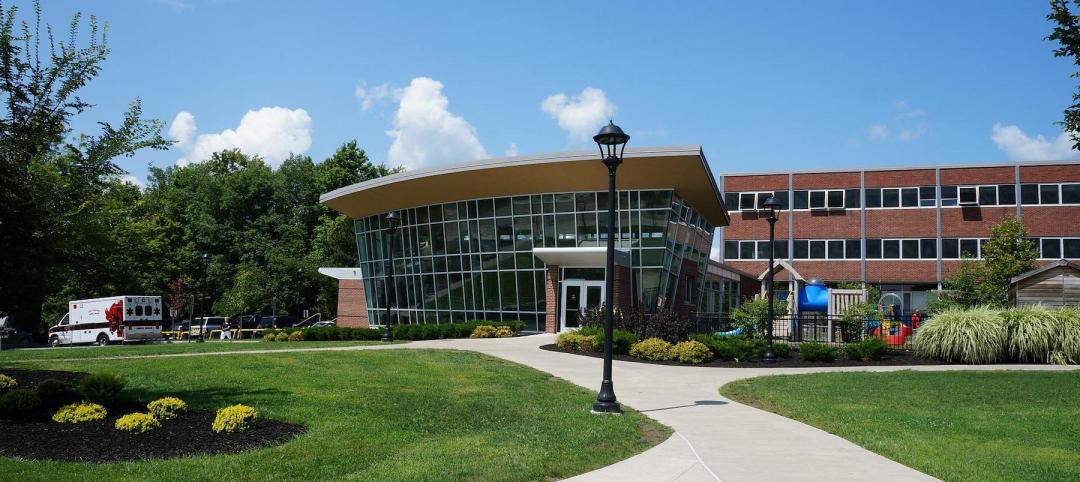The hope was that a complete restoration and modernization would bring life back to three neoclassic beauties that formerly served as Phoenix Union High School—but time had not treated them kindly. Built in 1911, one year before Arizona became the country's 48th state, the historic high school buildings endured nearly a century of wear and tear and suffered major water damage and years of termite infestation that severely compromised their wood-frame interior structures. There was considerable hand-wringing over how much of the three-story buildings could be salvaged.
After extensive review, the Building Team devised a $19.6 million program where all three buildings would be saved and reborn as the 84,435-sf University of Arizona College of Medicine. It was precisely that concern for rescuing the trio of buildings that caught our judges' attention. “Reusing three buildings is quite significant. It just isn't something you think to do too often,” says Walker C. Johnson, FAIA, principal at Johnson Lasky Architects in Chicago.
Only one of the three buildings was discovered to be structurally unsound. Its entire wood-frame interior was dismantled and replaced with a steel-frame system. To protect its historic masonry shell, all the work had to be performed through the building's existing window openings. The other two buildings were shored up as necessary, and all three were fitted with new operable, insulated, and historically sensitive windows.
Another concern focused on how best to fit the necessary classroom space and technology required of a 21st-century medical college into turn-of-the-20th-century buildings. When it was discovered that up to 40% of the buildings' available space would be sacrificed to staircases, elevators, and bathrooms (each floor plate is approximately 7,000 sf), the decision was made to locate those elements in newly constructed space—two modern glass “outhouses” (translucent glass wrapped about masonry cubes) connected by glass bridges to two of the buildings. “The additions are unique architectural solutions that don't draw the focus away from the original buildings,” says Jeff Pratt, principal at KJWW Engineering Consultants, Naperville, Ill., and one of BD+C's Reconstruction Award judges.
Additional interior reconfiguration focused on the building's auditorium. While the state's Historic Preservation Office (which had to approve all work) would have liked the auditorium completely restored, the university needed to borrow some of the space for much needed classrooms.
A compromise was reached and a building within a building was erected: one half the space is still used as the auditorium while the other half is classroom space for the state-of-the-art T-Health (telehealth and telemedicine) program. The walls can easily be removed, the space dismantled, and the auditorium returned to its original size. This design feature was lauded by juror K. Nam Shiu, VP at Walker Restoration Consultants, Elgin, Ill., who said, “The work done on the interior is very forward-thinking.”
Related Stories
Giants 400 | Aug 19, 2022
2022 Giants 400 Report: Tracking the nation's largest architecture, engineering, and construction firms
Now 46 years running, Building Design+Construction's 2022 Giants 400 Report rankings the largest architecture, engineering, and construction firms in the U.S. This year a record 519 AEC firms participated in BD+C's Giants 400 report. The final report includes more than 130 rankings across 25 building sectors and specialty categories.
Daylighting | Aug 18, 2022
Lisa Heschong on 'Thermal and Visual Delight in Architecture'
Lisa Heschong, FIES, discusses her books, "Thermal Delight in Architecture" and "Visual Delight in Architecture," with BD+C's Rob Cassidy.
| Aug 8, 2022
Mass timber and net zero design for higher education and lab buildings
When sourced from sustainably managed forests, the use of wood as a replacement for concrete and steel on larger scale construction projects has myriad economic and environmental benefits that have been thoroughly outlined in everything from academic journals to the pages of Newsweek.
Multifamily Housing | Aug 4, 2022
Faculty housing: A powerful recruitment tool for universities
Recruitment is a growing issue for employers located in areas with a diminishing inventory of affordable housing.
Higher Education | Aug 1, 2022
A revived national database identifies present and future college planning trends
Buro Happold’s brightspot strategy helped the Society for College and University Planning restart its information gathering.
University Buildings | Jul 11, 2022
Student life design impacts campus wellness
As interior designers, we have the opportunity and responsibility to help students achieve deeper levels of engagement in their learning, social involvement, and personal growth on college campuses.
Sponsored | BD+C University Course | May 10, 2022
Designing smarter places of learning
This course explains the how structural steel building systems are suited to construction of education facilities.
Higher Education | May 5, 2022
To keep pace with demand, higher ed will have to add 45,000 beds by year-end
The higher education residential sector will have to add 45,000 beds by the end of 2022 to keep pace with demand, according to a report by Humphreys & Partners Architects.
Sponsored | BD+C University Course | May 3, 2022
For glass openings, how big is too big?
Advances in glazing materials and glass building systems offer a seemingly unlimited horizon for not only glass performance, but also for the size and extent of these light, transparent forms. Both for enclosures and for indoor environments, novel products and assemblies allow for more glass and less opaque structure—often in places that previously limited their use.
















